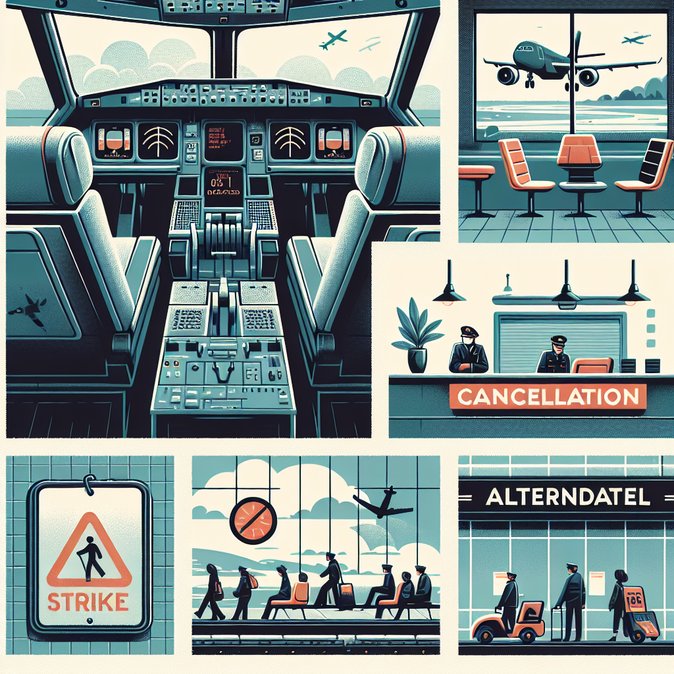
Finland’s winter travel season is set for more turbulence after the Finnish Air Line Pilots’ Association (SLL) and the industrial union Teollisuusliitto each announced a series of one-day strikes beginning 4 December. Russian newswire AK&M reported the development on 9 November, noting that Finnair has pre-emptively cancelled 300 flights scheduled for 9 and 13 December—affecting some 39 000 ticket-holders.
The core dispute centres on wage growth. The Central Organisation of Finnish Trade Unions (SAK) is demanding a 10 percent pay rise over two years to offset inflation-driven declines in purchasing power. Employer group Palta and Finnair say the figure is unrealistic, citing the carrier’s still-fragile balance-sheet after two years of air-space detours around Russia.
![Eight one-day strikes to ground 300 Finnair flights in December as pay talks falter]()
The industrial action will not be limited to aviation. Teollisuusliitto’s members plan six additional 24-hour stoppages across 200 technology-sector plants. While those strikes primarily target manufacturing, global mobility managers should expect indirect impact: cargo capacity on Finnair belly-holds will tighten, and travellers may face rolling aircraft re-positioning challenges as pilots refuse overtime.
Finavia and the Ministry of Transport have activated a national crisis coordination group to keep at least a minimum flight programme in the air. Contingency measures include wet-leasing aircraft with foreign crews, prioritising critical long-haul routes to Tokyo, Seoul and New York, and negotiating limited strike exemptions for medical-evacuation flights.
HR and travel managers should immediately review December itineraries, re-book time-sensitive trips, and communicate alternative routing options (for example, via Stockholm or Tallinn ferries plus onward flights). Employers with posted workers returning home for the holidays may need to arrange temporary accommodation if return segments fall on strike days.
The core dispute centres on wage growth. The Central Organisation of Finnish Trade Unions (SAK) is demanding a 10 percent pay rise over two years to offset inflation-driven declines in purchasing power. Employer group Palta and Finnair say the figure is unrealistic, citing the carrier’s still-fragile balance-sheet after two years of air-space detours around Russia.

The industrial action will not be limited to aviation. Teollisuusliitto’s members plan six additional 24-hour stoppages across 200 technology-sector plants. While those strikes primarily target manufacturing, global mobility managers should expect indirect impact: cargo capacity on Finnair belly-holds will tighten, and travellers may face rolling aircraft re-positioning challenges as pilots refuse overtime.
Finavia and the Ministry of Transport have activated a national crisis coordination group to keep at least a minimum flight programme in the air. Contingency measures include wet-leasing aircraft with foreign crews, prioritising critical long-haul routes to Tokyo, Seoul and New York, and negotiating limited strike exemptions for medical-evacuation flights.
HR and travel managers should immediately review December itineraries, re-book time-sensitive trips, and communicate alternative routing options (for example, via Stockholm or Tallinn ferries plus onward flights). Employers with posted workers returning home for the holidays may need to arrange temporary accommodation if return segments fall on strike days.









